Every heartbeat carries more than just blood hidden in the tiny fluctuations between beats is a signal about your body’s adaptability, stress load, and cognitive readiness. This signal is known as heart rate variability (HRV). While HRV was traditionally confined to cardiology, recent neuroscience reveals a deeper story: HRV reflects the dynamic partnership between the heart and brain, via the autonomic nervous system. Rather than operating in isolation, your heart and brain are engaged in constant dialogue this is the heart-brain axis.
In this post, we’ll explore how HRV links to brain health, cognition, stress resilience, and how you can harness that link through training and lifestyle.
HRV & Brain Health: More Than a Cardio Metric
HRV the variation in time intervals between successive heartbeats (R-R intervals) is deceptively simple in measurement, yet deeply rich in meaning. A high HRV signals that your autonomic nervous system can fluidly switch between sympathetic (active) and parasympathetic (rest) modes. This flexibility is a biomarker of resilience. Conversely, low HRV is associated with stress, rigid neural states, and long-term risks in mental and physical health.
Neuroscientific studies show a tight association between HRV and brain function: individuals with higher HRV often exhibit greater variability in brain signals, stronger connectivity between emotional and executive brain areas, and superior performance in tasks involving attention, memory, and cognitive control. In other words, the heart’s flexibility may mirror the brain’s adaptability.
One recent large fMRI/HRV analysis found bidirectional predictive relationships: activity in brain areas like the amygdala, dorsal anterior cingulate cortex (dACC), and ventromedial prefrontal cortex (vmPFC) correlate with HRV measures and HRV fluctuations also predict activation in those same regions.
The Autonomic Nervous System & Flexible Thinking
At the heart of this interplay is the autonomic nervous system (ANS). Though subconscious, it regulates your breathing, heart rate, digestion and exerts significant influence on cognitive processes.
When the sympathetic (stress) branch dominates for too long, neural dynamics may become rigid, trapping cognition in “overdrive” states with reduced flexibility. Optimal function lies near a balance sometimes described as criticality where the system is poised between excessive order and chaotic noise. In this regime, the brain can shift, adapt, and respond creatively.
HRV gives us a window into how well the ANS manages this balance. High HRV is a sign that your system can ramp up when needed, then recover smoothly. Low HRV suggests difficulty disengaging from stress, potentially leaving the brain stuck in suboptimal states.
Stress Resilience: HRV as a Mechanism & Metric
Stress is unavoidable. Resilience our ability to rebound makes all the difference. Neuroscience suggests that resilience is rooted in the capacity to oscillate: to enter exploratory, dynamic states when challenged, and to settle into restorative, consolidative states when possible.
HRV is central to this. A resilient system will show fluid HRV responses: elevated during demand, reduced afterward, with regular “recovery cycles.” Chronic low HRV suggests the system is struggling to reset, leaving the brain and body in sustained tension.
Over time, poor HRV patterns link to anxiety, depression, burnout, and cognitive decline. That’s why HRV is increasingly studied not just as a marker, but as a target for intervention.
Training the System: HRV Biofeedback & Cognitive Performance
Here’s the exciting part: HRV is trainable. Through biofeedback, you can use real-time feedback (via sensors and software) to learn how to increase HRV, usually via controlled breathing, focus, and relaxation techniques.
What the evidence says:
-
A single session of HRV biofeedback has shown acute improvements in cognitive performance under stress (attention, executive function) in some studies.
-
Studies report changes in functional brain connectivity after HRV training increased coupling between vmPFC, insula, amygdala, cingulate, and lateral prefrontal regions.
-
Longer-term HRV biofeedback (3–6 months) has been correlated with sustained increases in HRV along with improved psychological and autonomic outcomes.
-
In one recent controlled trial, HRV biofeedback did not produce significant gains in inhibitory control, working memory, or processing speed across age groups highlighting that outcomes can vary.
-
A short-term paced breathing + HRV training trial found effects on working memory and affective states (serenity, fatigue) during and after the intervention.
The takeaway: HRV biofeedback shows promise, but results depend on dose, population, methodology, and which cognitive domains are being tested.
Techniques used in practice include:
-
Resonance breathing (~4.5 to 7 breaths/min) often the “sweet spot” for increasing HRV coherence.
-
Attention or focus techniques (e.g. imagery, heart coherence training)
-
Longer-term consistency (multiple sessions per week)
Finding Balance: Variability & Criticality
The analogy of criticality in neural systems is apt here. Just as the brain functions best when poised between order (rigidity) and chaos (noise), so too our HRV systems benefit from balanced variability. Too little variability means stagnation; too much may lead to instability or erratic responses.
Healthy nervous systems cycle: phases of exploration (higher variability) and periods of consolidation (lower variability), always returning toward the “sweet spot.” HRV offers a macro-level reflection of this cycling.
Applying HRV to Daily Life & Performance
Here are practical ways to make HRV work for your mental performance and resilience:
-
Track HRV reliably
Use consistent timing (morning, resting), same posture, same measurement device. -
Use trends, not single days
A single dip in HRV isn’t necessarily alarming it's the pattern over days that matters. -
Incorporate biofeedback / paced breathing
Even 5–10 minute breathing-biofeedback sessions can help reset the autonomic tone. -
Combine with lifestyle practices
Good sleep, stress management, exercise, nutrition all these influence HRV. -
Adjust demands based on readiness
If HRV is suppressed for multiple days, reduce cognitive or physical load. -
Remember individual differences
What’s “high” HRV for you may differ for the next person. Focus on your relative baseline.
Recent neuroscience reveals that Heart Rate Variability (HRV) offers a window into the intricate dialogue between your heart and brain directly impacting your cognitive performance, emotional stability, and stress resilience. neuroVIZR is designed to help you tap into this fascinating connection.
Our personalized neurofeedback and HRV biofeedback technology guide you through real-time exercises that enhance your brain-heart coherence, boosting mental clarity, emotional balance, and overall well-being. By training your autonomic nervous system for greater flexibility, neuroVIZR empowers you to meet daily challenges with improved focus and calm. Experience the science of brain-heart harmony take the first step with Neurovizr and unlock your mind’s full potential
Conclusion
The outdated view of the heart as a passive pump and the brain as an isolated command center is giving way to a richer perspective: they are partners in a dynamic, integrated system. HRV stands at that interface, providing insight into how well your body and mind are speaking to each other.
Through measurement, biofeedback, and mindful lifestyle choices, HRV becomes more than a metric it becomes a bridge to better cognition, stress resilience, and performance. The rhythm of your heart is not just about circulation; it’s a pulse in the dance of your mind.
References
-
Forte, G., et al. (2025). The intricate brain–heart connection: The relationship between HRV & cognition.
-
Chand, T., et al. (2020). Heart Rate Variability as an Index of Differential Brain–Body Communication. Frontiers in Neuroscience.
-
Schumann, A., et al. (2021). Increased HRV from biofeedback accompanied by changes in functional brain connectivity.
-
Huber, A., et al. (2025). Brain activation & HRV connectivity – bidirectional links.
-
Bahameish, M., & Stockman, T. (2024). Short-Term Effects of HRV Biofeedback on Working Memory. Applied Psychophysiology & Biofeedback.
-
“Heart rate variability biofeedback enhances cognitive, motor functions” (2024).



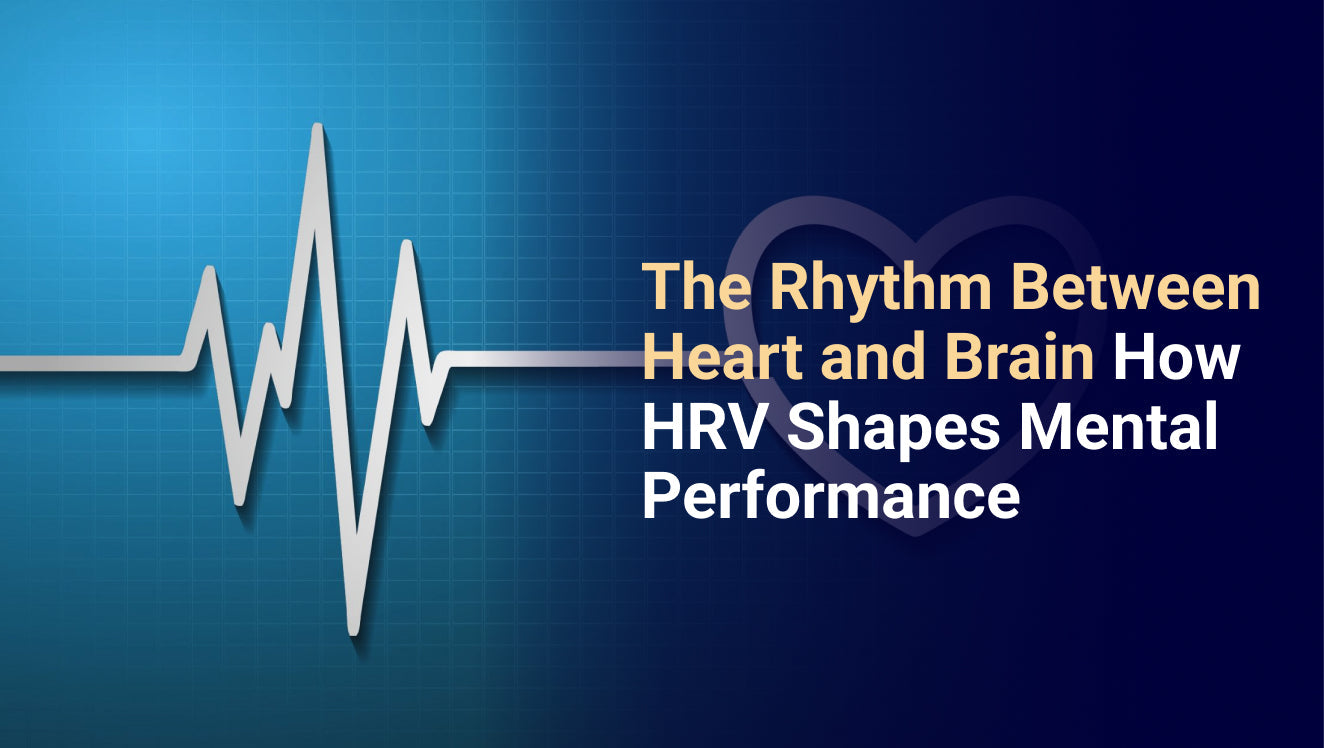

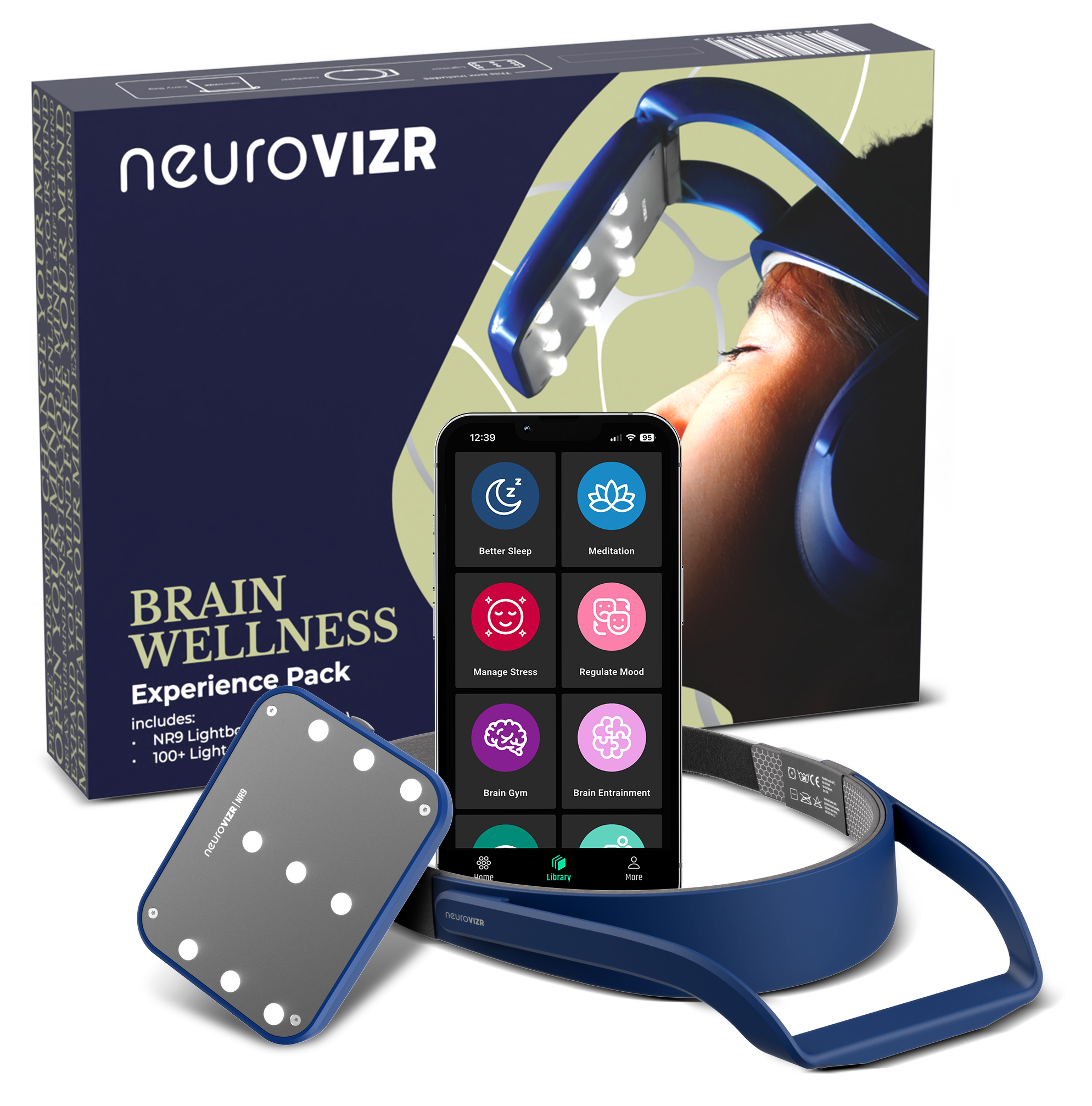

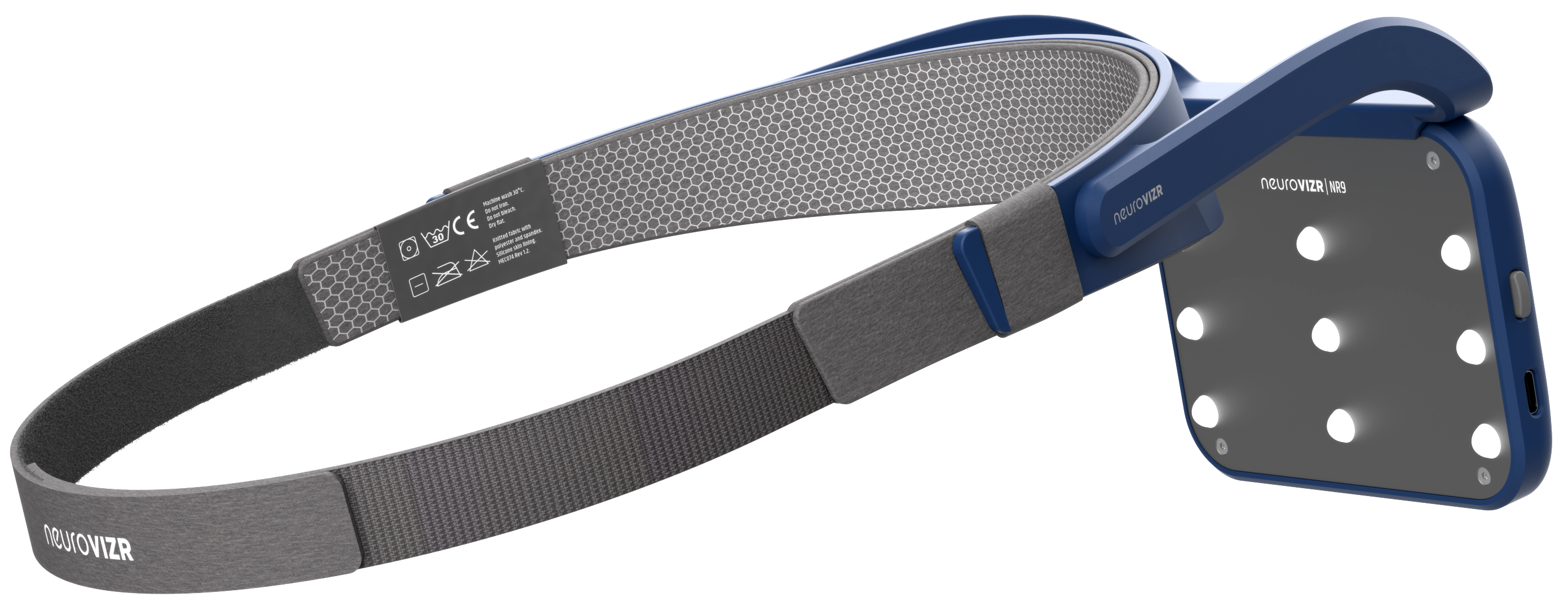
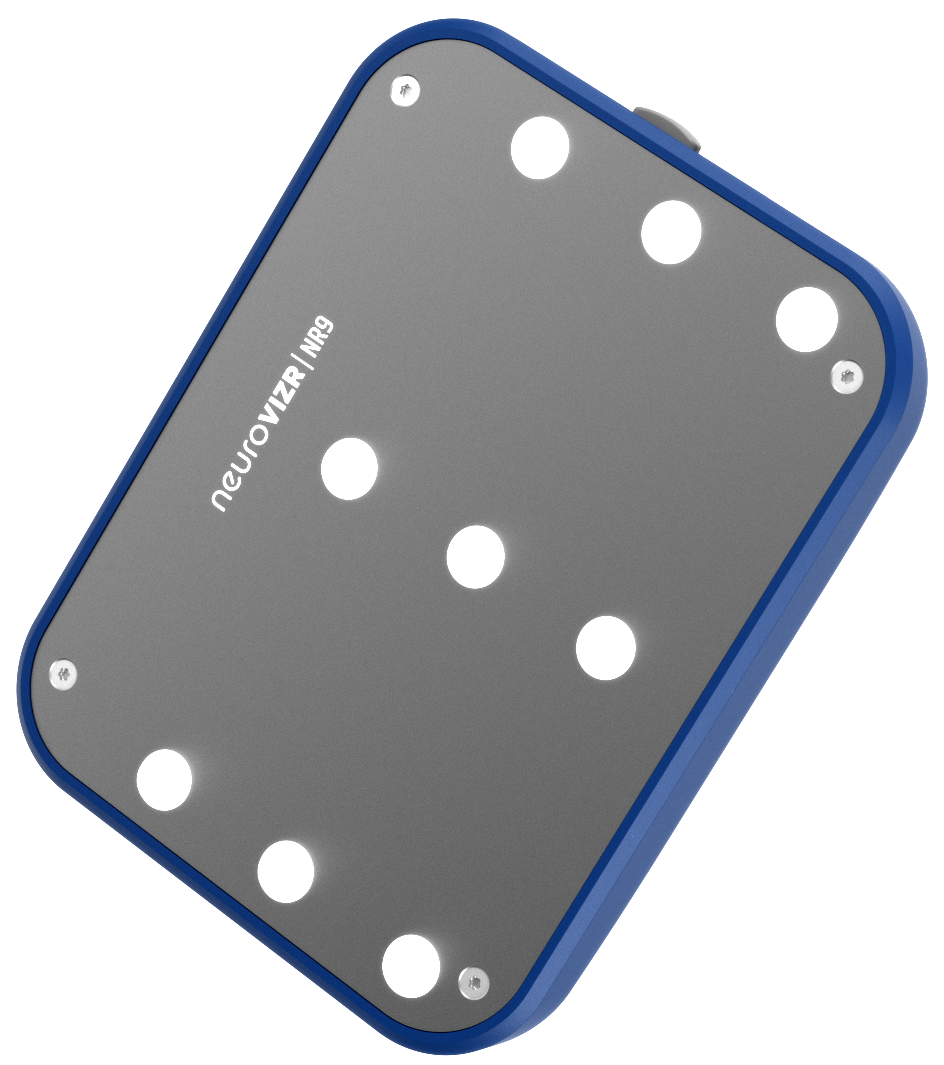
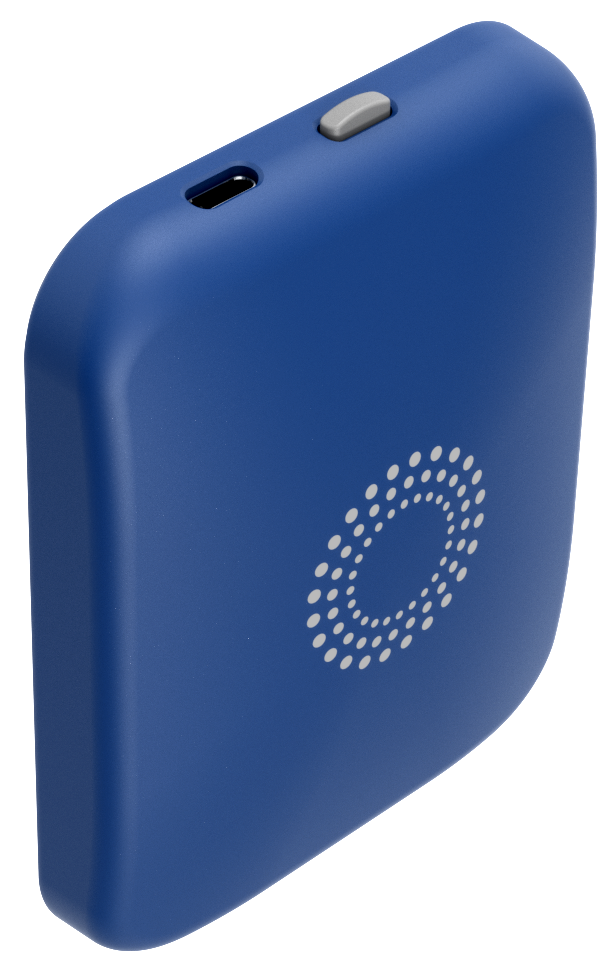
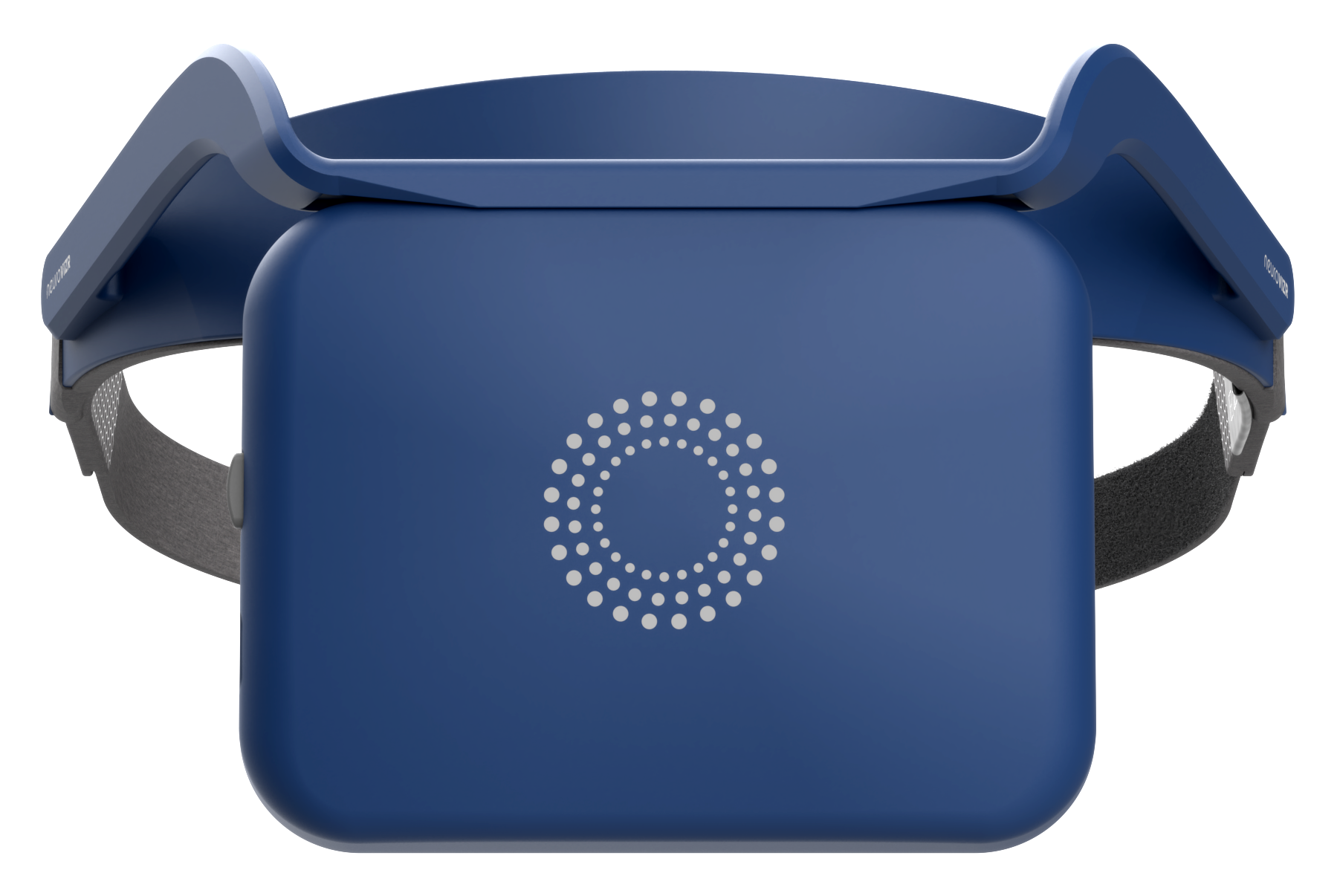
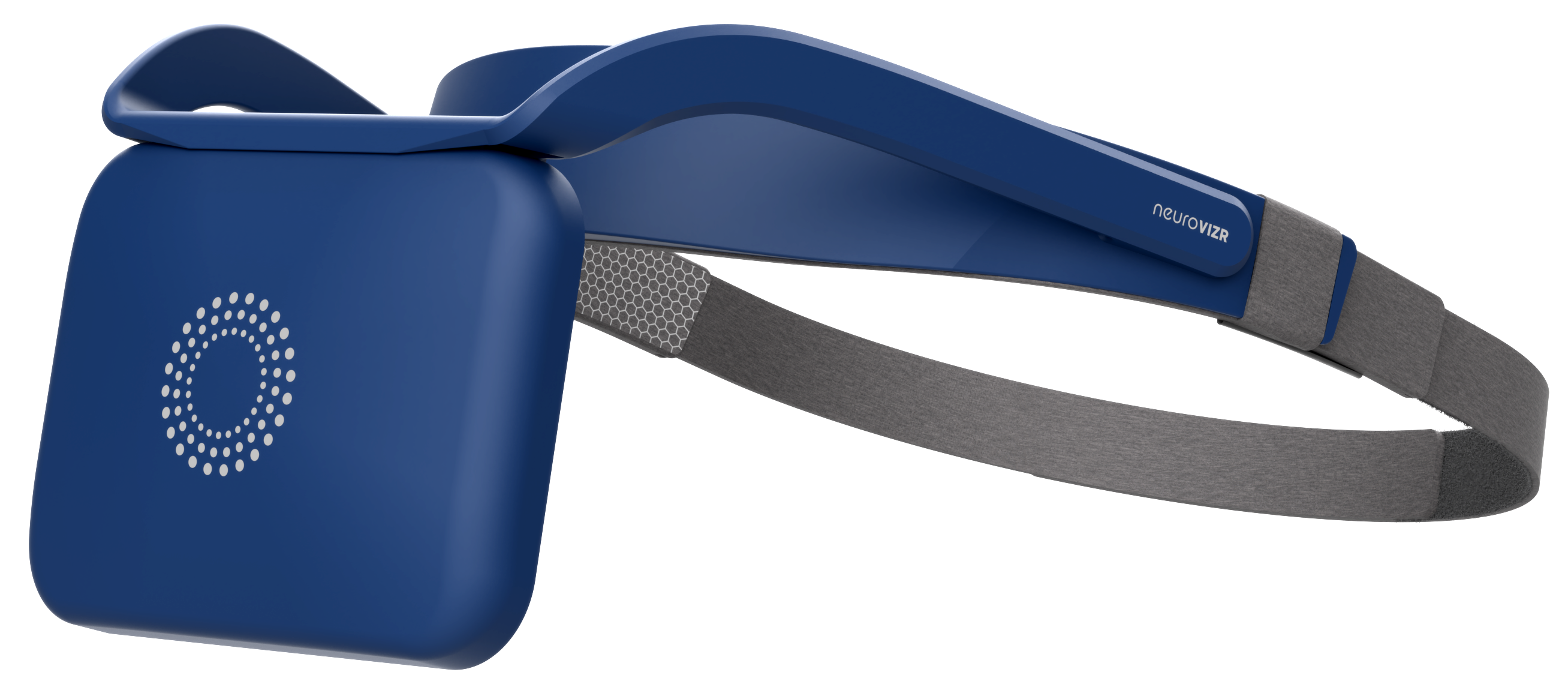

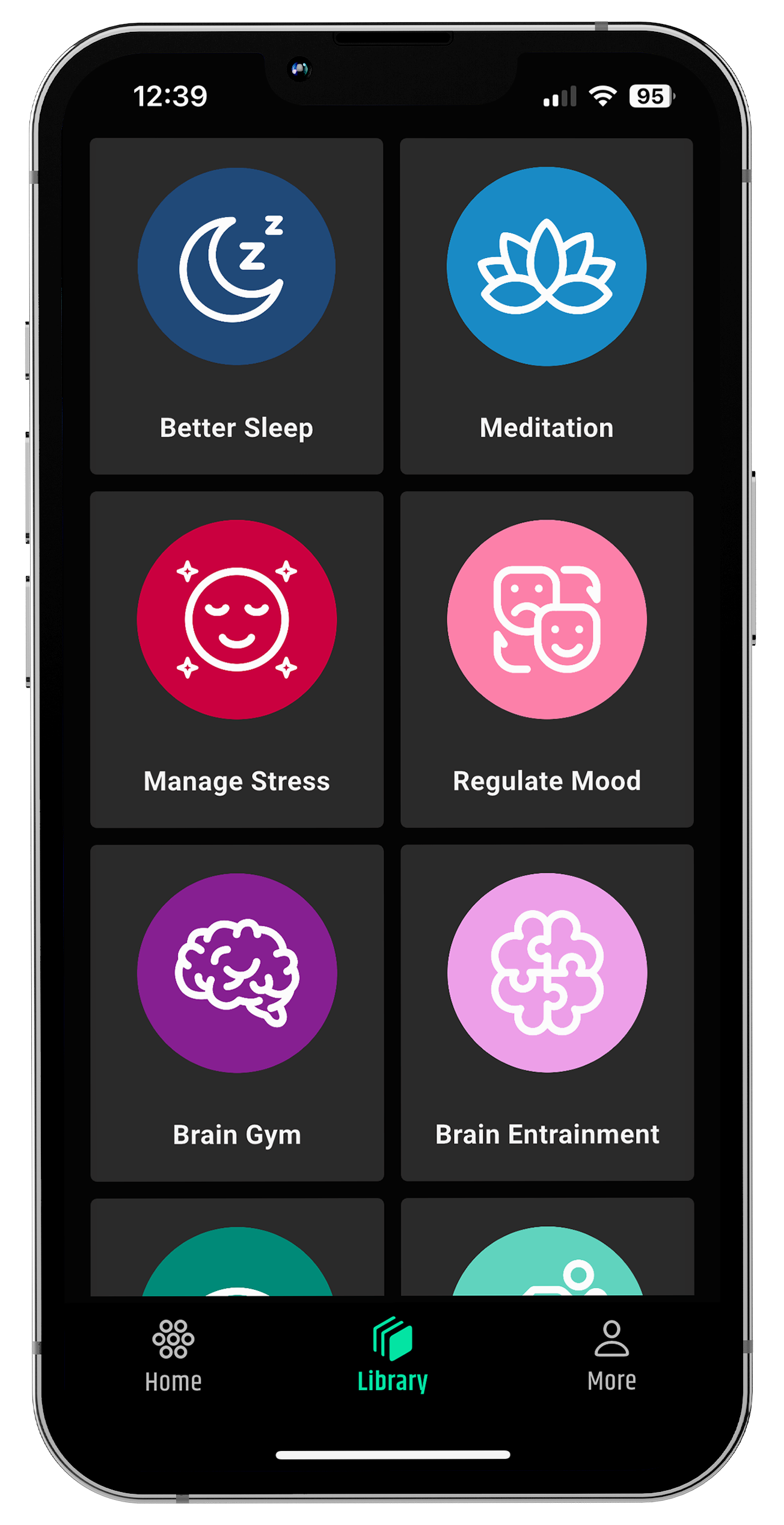
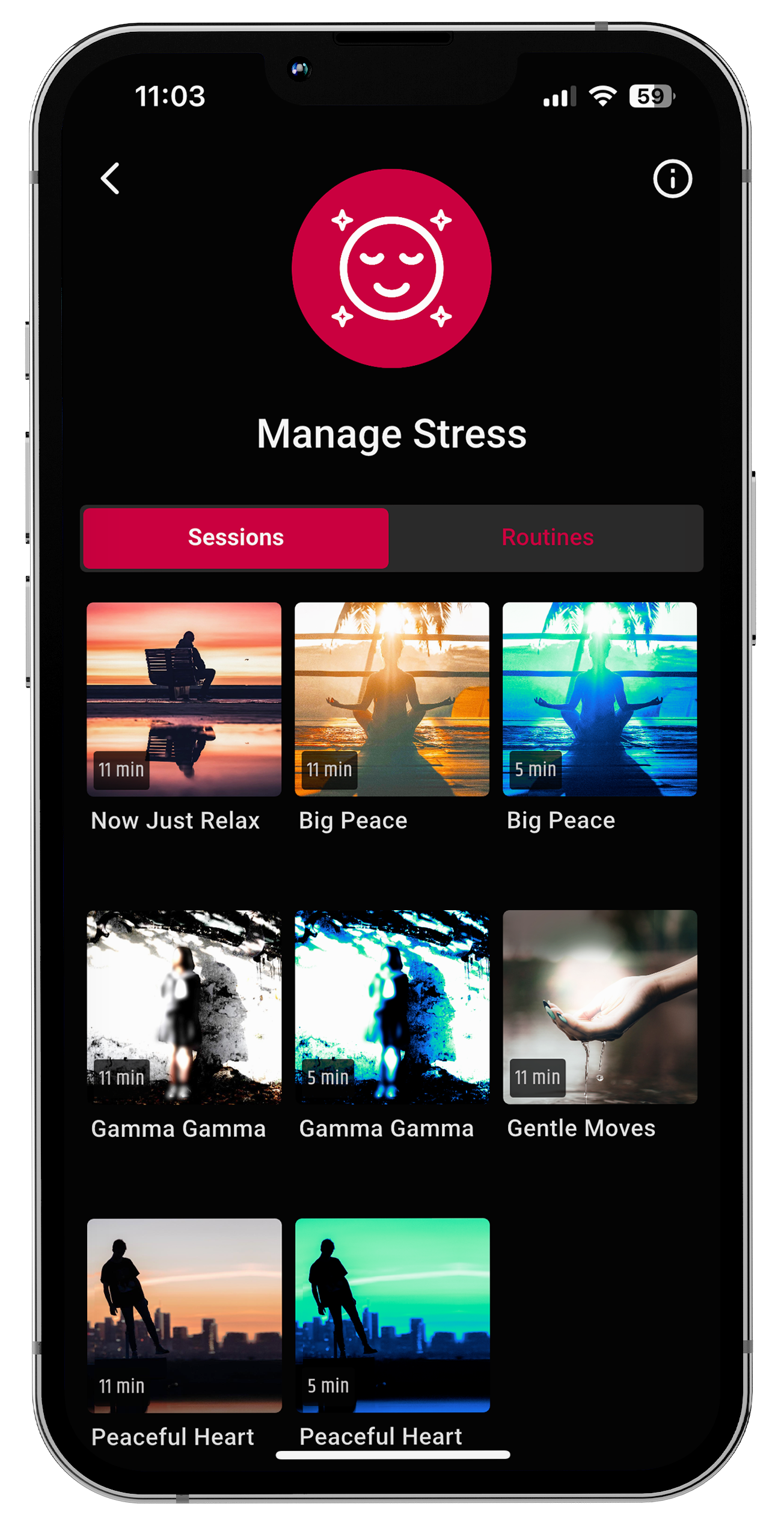
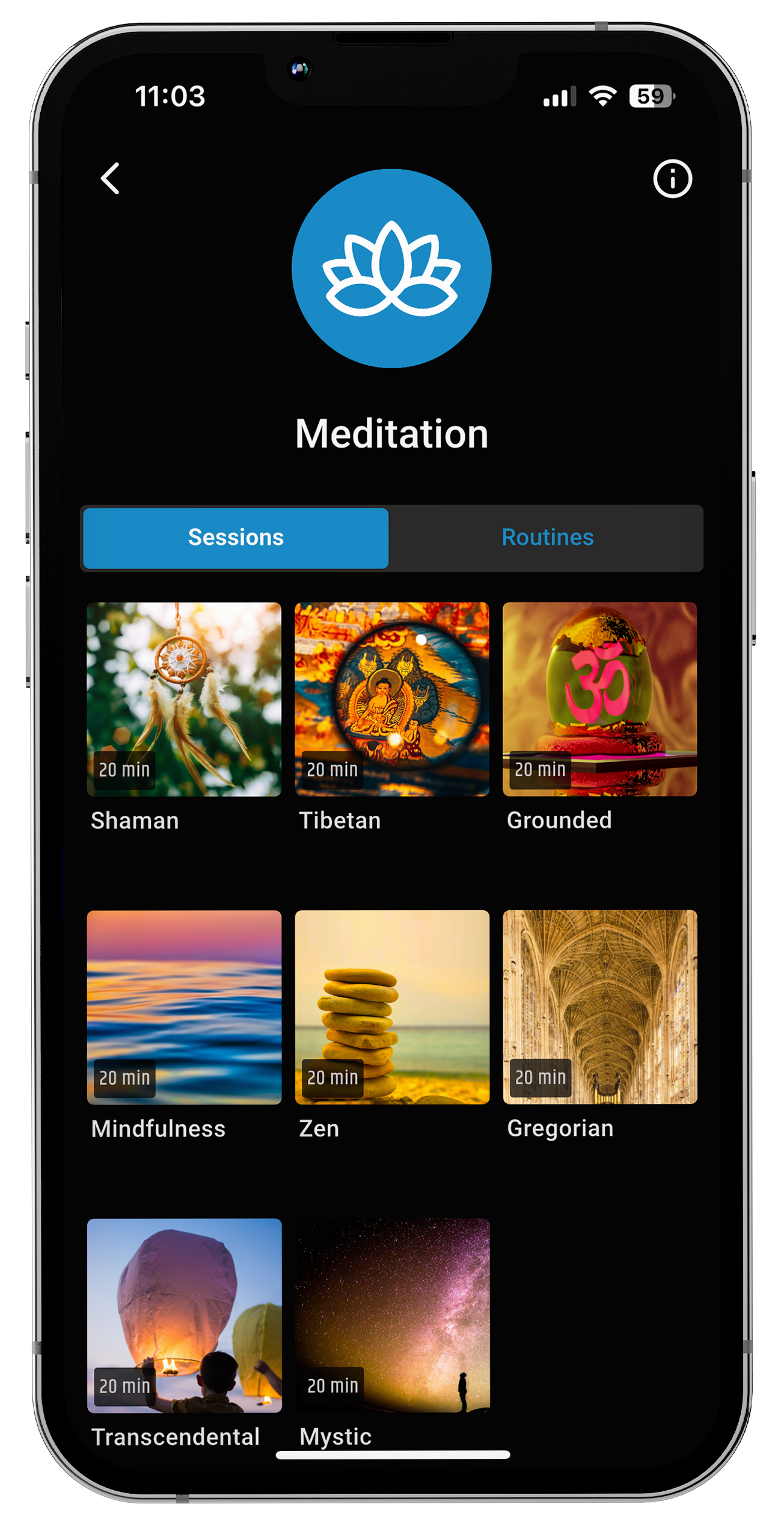
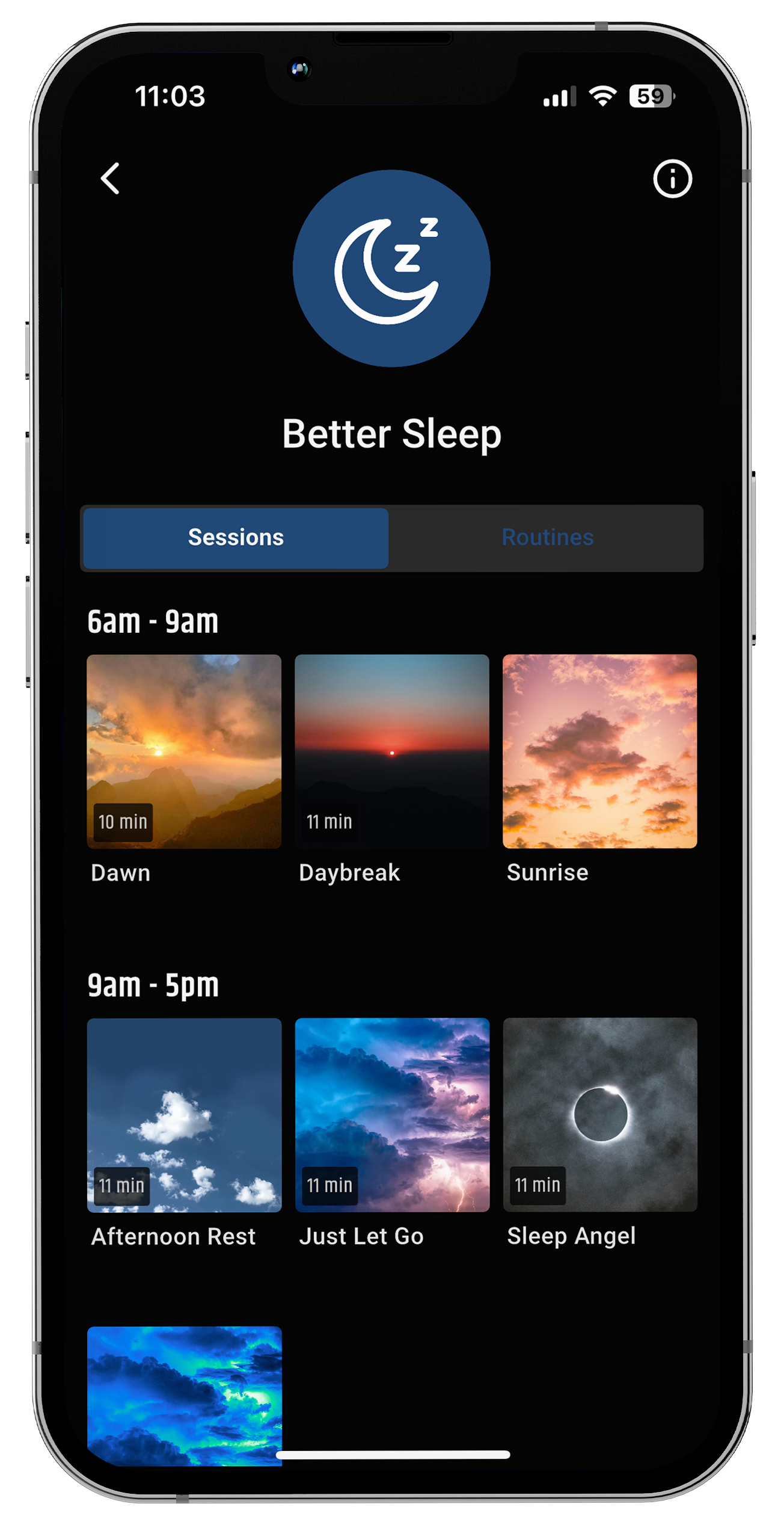
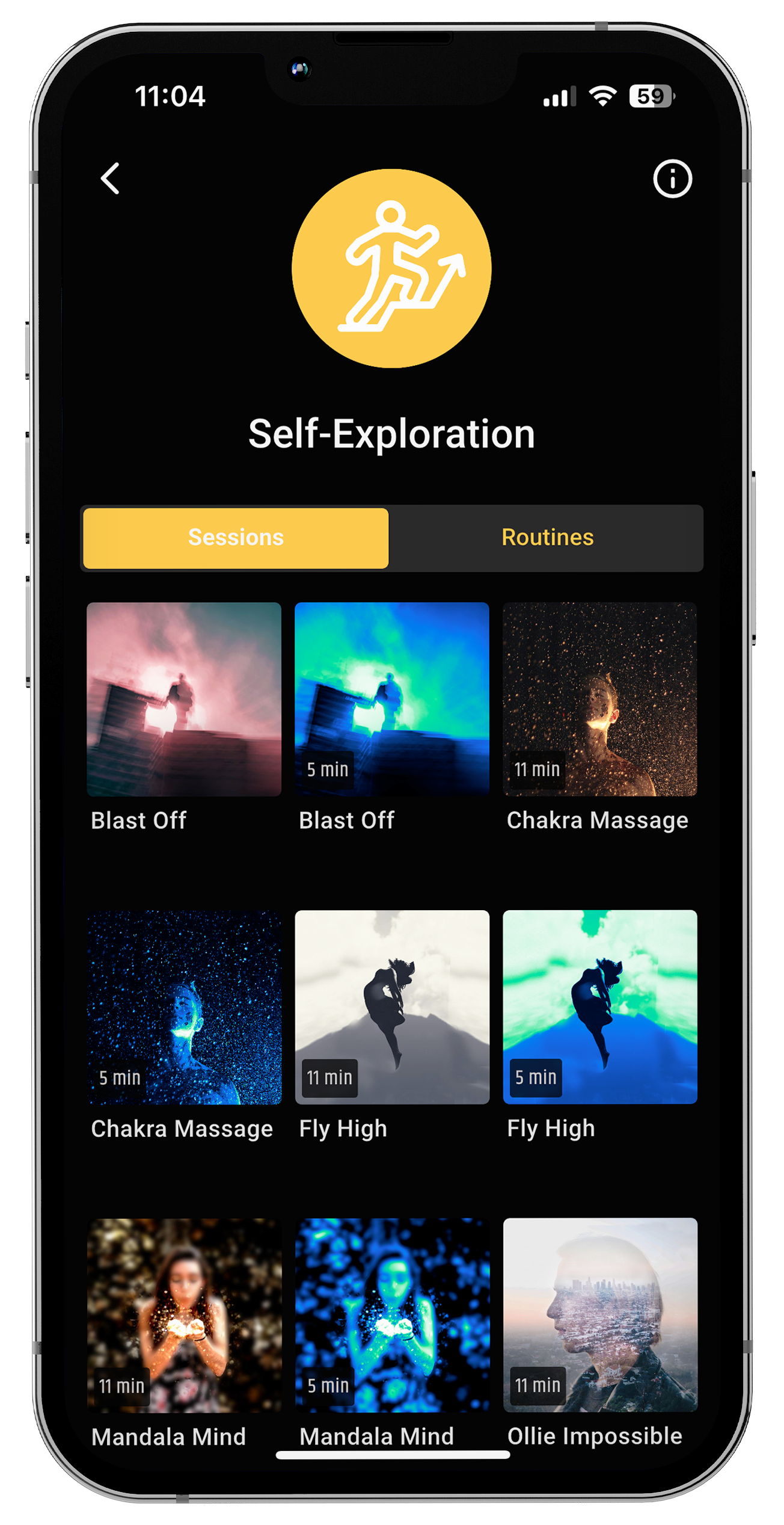
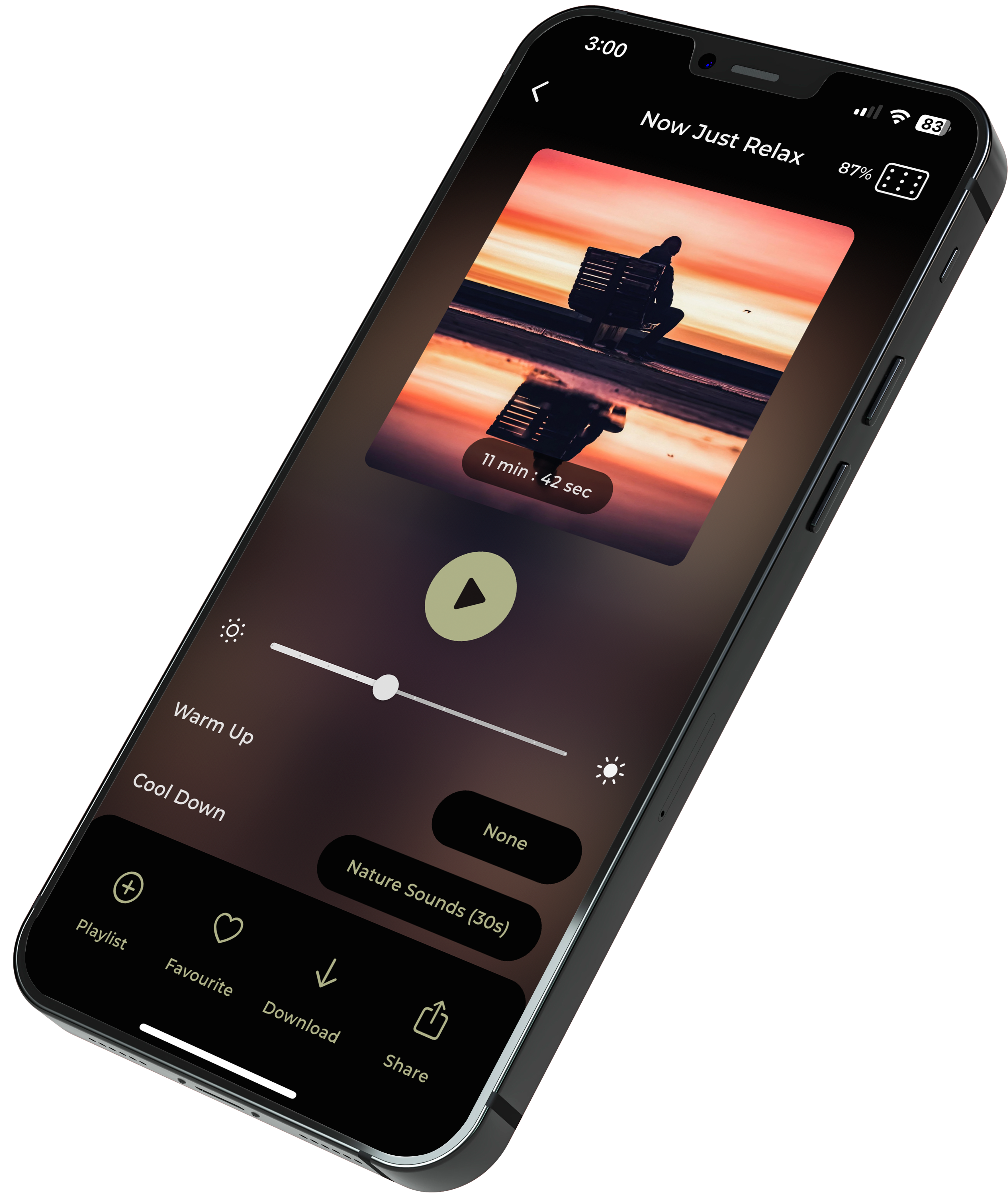


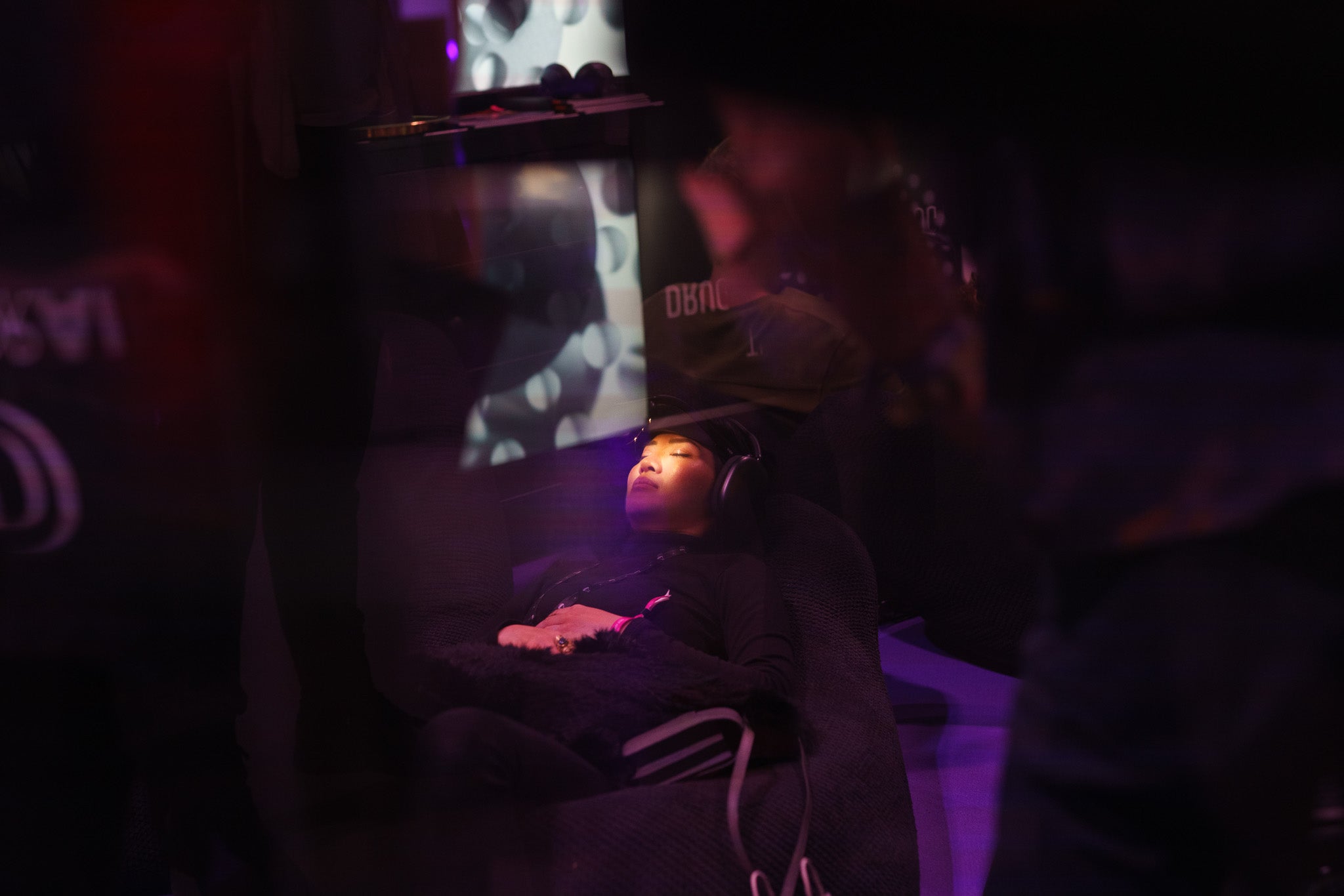




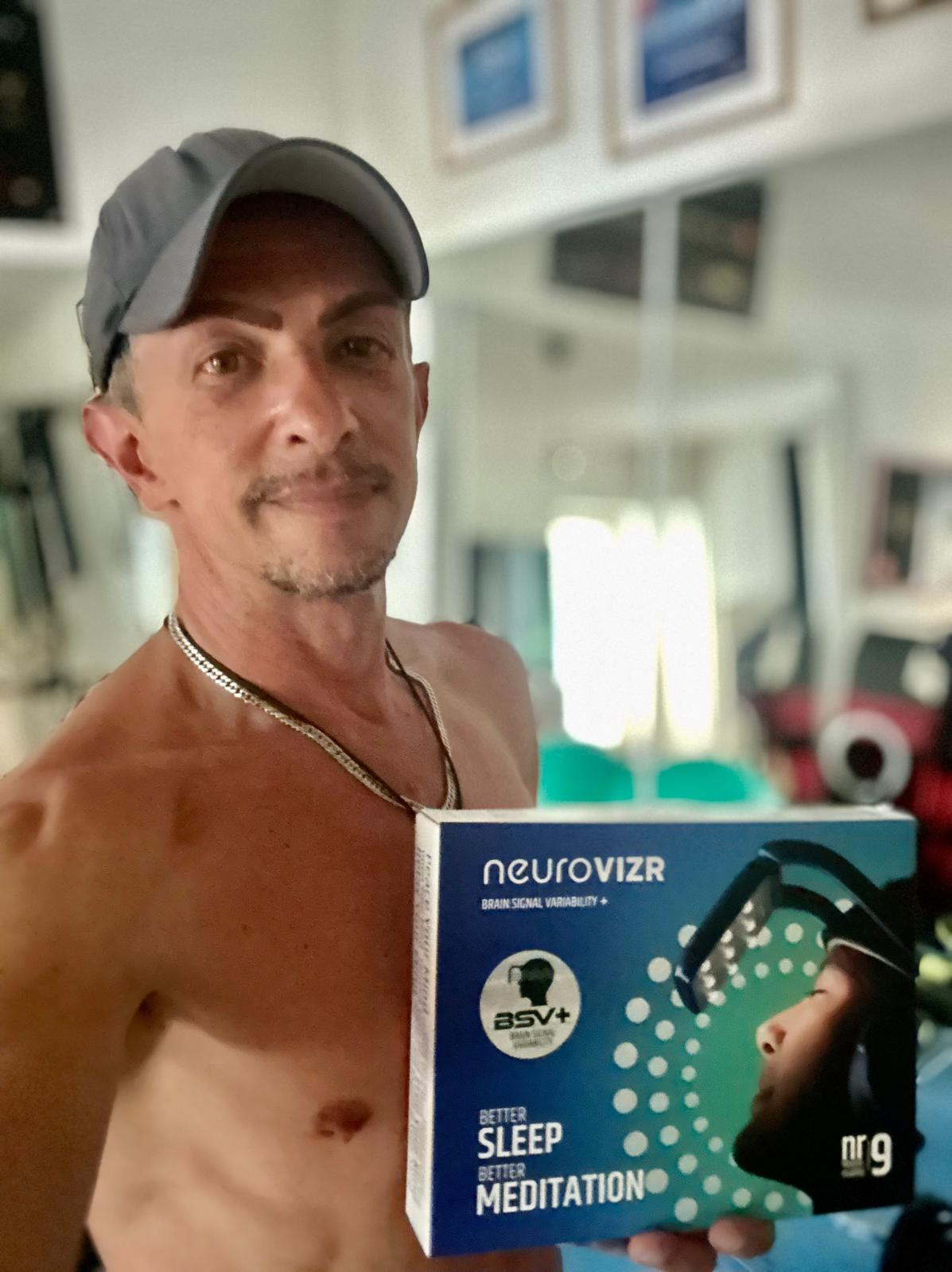
Share:
5 Natural Tips to Fall Asleep Faster
The Hypnagogic State: How Brain Waves Spark Creativity Before Sleep